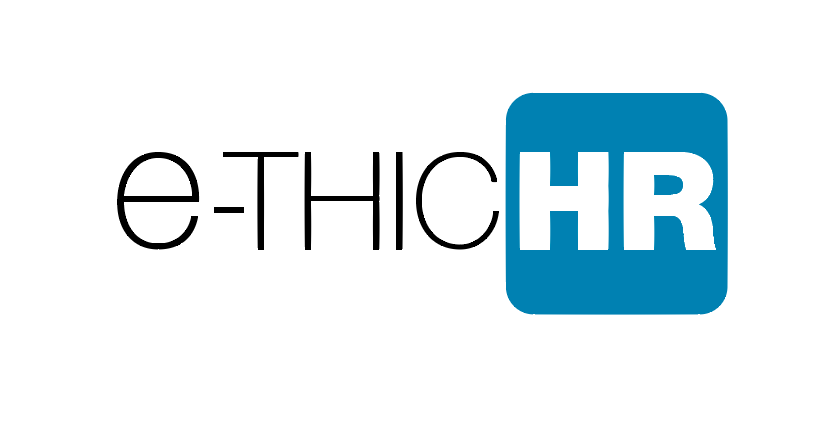by Leigh Branham (ere.net)
Because it is difficult to focus on implementing several practices all at once, you may wish to use this checklist to put items in order of importance or urgency as you begin to plan your employer-of-choice strategy.
The following checklist is adapted from The 7 Hidden Reasons Employees Leave: How to Recognize the Subtle Signs and Act Before It’s Too Late. Copyright © 2012 Leigh Branham. Published by AMACOM Books, a division of American Management Association, New York, NY. Used with permission. All rights reserved.
To Match Candidates’ Expectations With Work Realities
- Conduct realistic job previews with every job candidate.
- Hire from the pool of temp, adjunct staff, interns, and part-time workers.
- Hire candidates referred by current employees.
- Create a realistic job description with a short list of the most critical competencies.
- Allow team members to interview candidates.
- Hire from the pool of current employees.
- Create a way for candidates to “sample” the work experience.
- Survey or interview new hires to find out how to minimize new-hire surprises in the future.
To Match the Person to the Job
- Make a strong commitment to the continuous upgrading of talent.
- See that all hiring managers perform talent forecasting and success- factor analysis.
- Cast a wide recruiting net to expand the universe of best-fit candidates.
- Follow a purposeful and rigorous interview process.
- Track measures of hiring success.
To Match the Task to the Person
- Conduct “entrance interviews” with all new hires.
- Work to enrich the jobs of all employees.
- Delegate tasks to challenge employees and enrich jobs.
To Provide Coaching and Feedback
- Provide intensive feedback and coaching to new hires.
- Create a culture of continuous feedback and coaching.
- Train managers in performance coaching.
- Make the performance-management process less controlling and more of a partnership.
- Terminate nonperformers when best efforts to coach or reassign don’t pay off.
- Hold managers accountable for coaching and giving feedback.
To Provide Career Advancement and Growth Opportunities
- Provide self-assessment tools and career self-management training for all employees.
- Offer career-coaching tools and training for all managers.
- Provide readily accessible information on career paths and competency requirements.
- Create alternatives to traditional career ladders.
- Keep employees informed about the company’s strategy, direction, and talent-need forecasts.
- Build and maintain a fair and efficient internal job-posting process.
- Show a clear preference for hiring from within.
- Eliminate HR policies and management practices that block internal movement.
- Create a strong mentoring culture.
- Keep the career-development and performance-appraisal processes separate.
- Build an effective talent-review and succession-management process.
- Maintain a strong commitment to employee training.
To Make Employees Feel Valued and Recognized
- Offer a competitive base pay linked to value creation.
- Reward results with variable pay aligned with business goals.
- Reward employees at a high enough level to motivate higher performance.
- Use cash payouts for on-the-spot recognition.
- Involve employees and encourage two-way communication when designing new pay systems.
- Monitor the pay system to ensure fairness, efficiency, consistency, and accuracy.
- Create a culture of informal recognition founded on sincere appreciation.
- Make new hires feel welcome and important.
- Ask for employee input, then listen and respond.
- Keep employees in the loop.
- Provide the right tools and resources.
- Keep the physical environment fit to work in.
To Reduce Stress from Work-Life Imbalance and Overwork
- Initiate a culture of “giving-before-getting.”
- Tailor the “culture of giving” to the needs of key talent.
- Build a culture that values spontaneous acts of caring.
- Build social connectedness and cohesion among employees.
- Encourage fun in the workplace.
To Inspire Trust and Confidence in Senior Leaders
- Inspire confidence in a clear vision and a workable plan and the competence to achieve it.
- Back up words with actions.
- Place your trust and confidence in your workforce.
